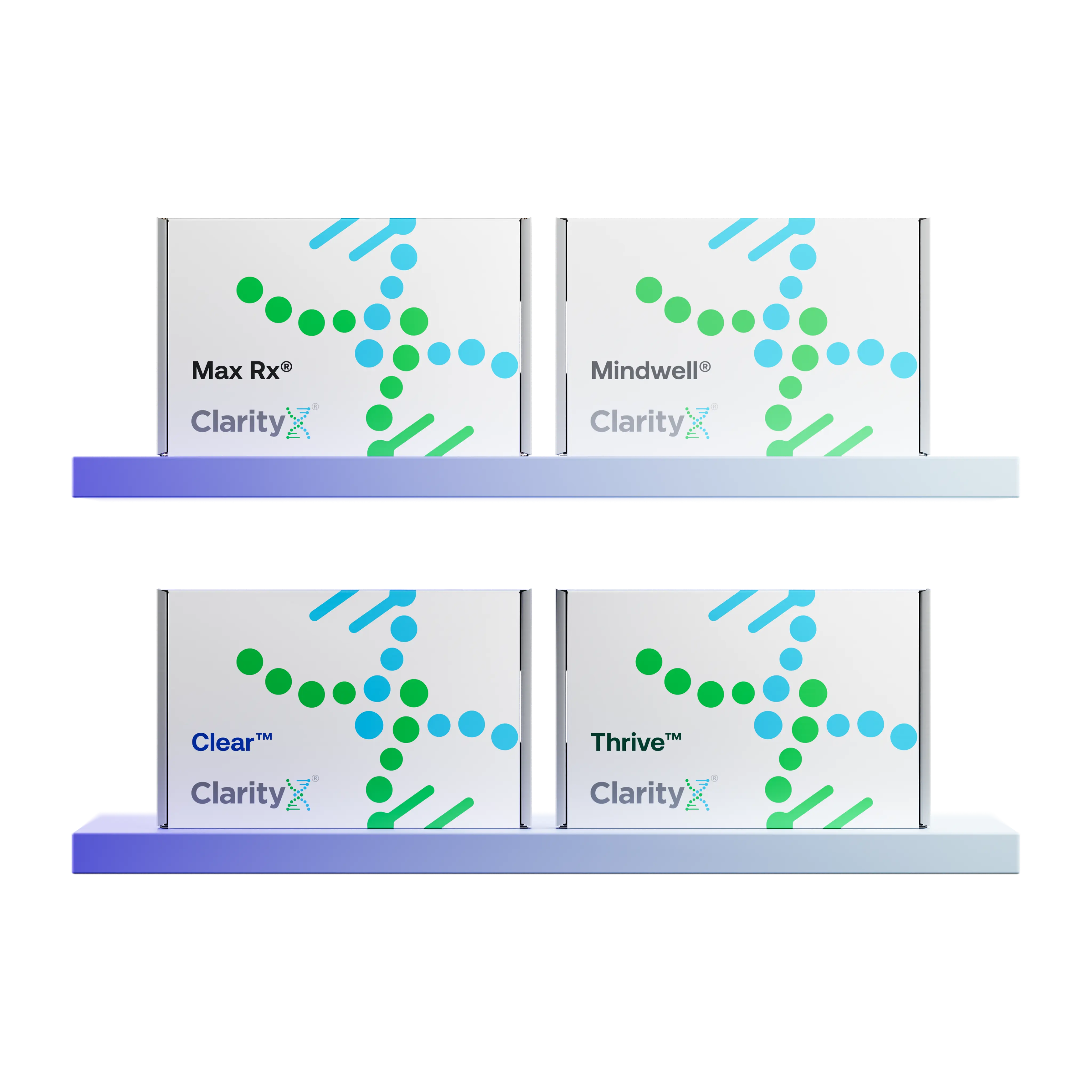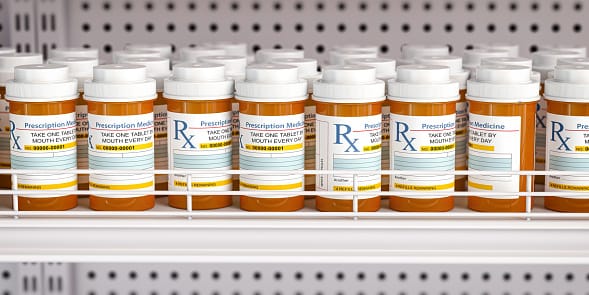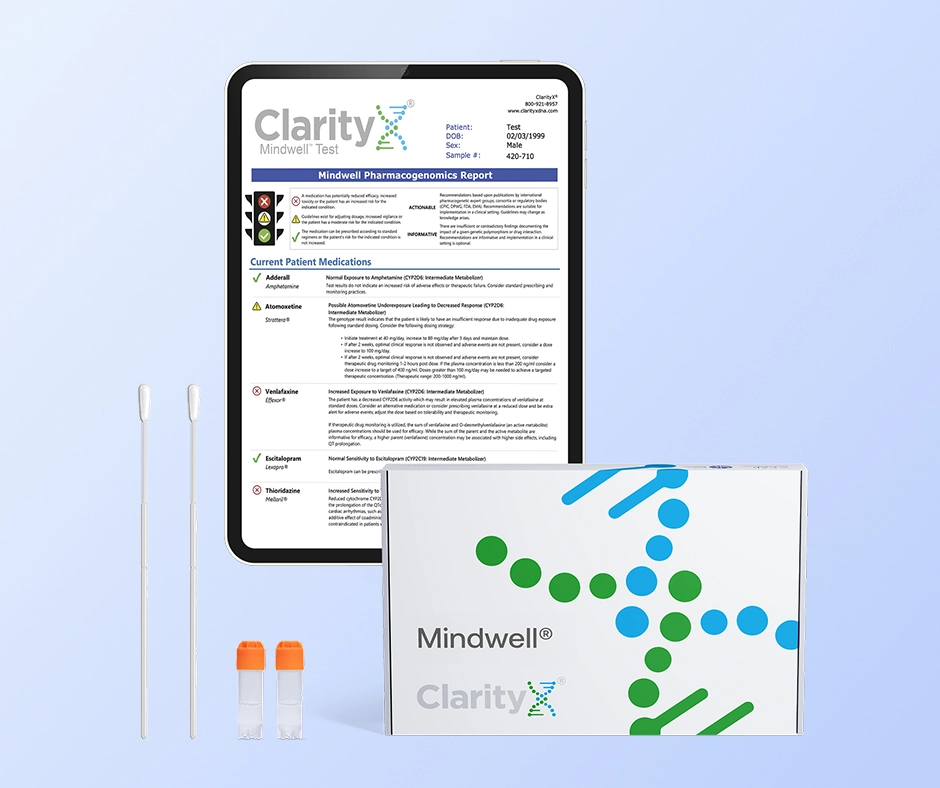Key Highlights
- Microdosing Ozempic involves using semaglutide in smaller, off-label amounts than prescribed for weight management or appetite suppression.
- The primary motivations for microdosing Ozempic are to mitigate common side effects like nausea and to make the medication more affordable.
- Scientific evidence supporting the efficacy and safety of this practice is minimal, and its use remains entirely off-label.
- Common methods for microdosing Ozempic include counting clicks on injector pens, using compounded vials from specialty pharmacies, or employing other creative dosing strategies.
- Healthcare experts raise significant warnings about sourcing risks, the potential for off-label complications, and the dangers of proceeding without proper medical guidance.
- The trend's popularity is largely driven by social media platforms like TikTok and Reddit, amplifying concerns about public health and safety.
Introduction
The term "microdosing Ozempic" is rapidly gaining traction across social media, touted by many as a novel approach to weight loss and appetite control. Proponents claim that taking semaglutide in these smaller doses can reduce the medication's powerful side effects and make it more affordable.
However, this trend of Ozempic microdosing lacks robust clinical evidence and formal medical endorsement. Using Ozempic in this off-label manner without professional medical supervision introduces significant risks. It forces a critical question: Is this social media phenomenon worth the potential danger, or should individuals prioritize trusted, proven methods for weight management?
What Is Microdosing Ozempic?
Microdosing Ozempic is the practice of administering semaglutide in doses substantially smaller than the lowest FDA-approved amount. Instead of adhering to the standard weekly dosing schedule, individuals may use a mere fraction of the dose—sometimes as little as one-fifth of the initial starting dose—in an effort to manage appetite and achieve modest weight loss.
Semaglutide, marketed as Ozempic, is a GLP-1 receptor agonist originally developed for adults with type 2 diabetes. Its full, clinically tested dosing regimen is well-established. Despite this, a growing number of individuals believe that microdosing Ozempic can provide a balance of appetite suppression and weight loss with a lower incidence of side effects.
Definition and Key Differences from Standard Dosing
The practice of microdosing Ozempic stands in stark contrast to its standard clinical application. Official Ozempic dosing begins at 0.25 mg weekly and is gradually escalated to maintenance doses of 1 mg or 2 mg. This titration schedule was meticulously designed based on extensive clinical trials to maximize efficacy and ensure patient safety, particularly for blood sugar control in diabetics.
Conversely, microdosing Ozempic involves taking amounts far below the standard starting dose, sometimes as low as 0.05 mg weekly. While users hope this minimizes side effects, such a low dose may be sub-therapeutic, offering negligible benefits for blood sugar control or significant weight loss.
Furthermore, these microdoses are often administered using non-standard methods. Instead of relying on the pre-filled, dose-accurate injector pens, some individuals count clicks or use compounded solutions from external sources. These unapproved techniques can lead to inconsistent and unsafe dosing, a serious concern for a potent medication like Ozempic where dose accuracy is critical for both efficacy and safety.
The Science Behind GLP-1 Agonists Like Ozempic
GLP-1 receptor agonists like semaglutide function by mimicking the effects of glucagon-like peptide-1, a natural hormone released after eating. This hormone is essential for blood sugar control because it stimulates insulin release. GLP-1 also slows digestion and targets areas of the brain that regulate hunger, leading to increased feelings of fullness, reduced appetite, and effective weight management.
The efficacy of Ozempic is directly linked to its approved, escalating dosing schedule. Clinical trials have consistently demonstrated that maximum weight loss and optimal blood sugar control are achieved at the recommended weekly doses. However, proponents of microdosing Ozempic argue that even lower doses can help suppress appetite. Medical experts caution that such minimal doses may not produce clinically significant results, and without dedicated studies, the long-term effects of this practice remain unknown.
Why Are People Microdosing Ozempic?
The trend of microdosing Ozempic is primarily driven by two key factors for those seeking weight management solutions: the desire to avoid unpleasant side effects and the need to overcome significant cost barriers. The powerful influence of anecdotal success stories shared across social media has also fueled its popularity.
Weight Management and Appetite Control
Ozempic is highly effective at curbing appetite by acting on the brain's hunger centers. Users frequently report feeling full sooner and experiencing fewer food cravings, which directly contributes to weight loss. The strategy behind microdosing Ozempic is to achieve a degree of these benefits without the full intensity of the standard dose.
While some weight loss may occur, the results from microdosing are highly variable and inconsistent. In contrast, full-dose weight loss drugs like Wegovy (which also contains semaglutide) have demonstrated substantial efficacy in treating obesity in clinical trials. As microdosing Ozempic has not been similarly vetted, healthcare professionals caution that this unproven method may not deliver lasting or meaningful results.
Reducing Side Effects Compared to Regular Doses
A major appeal of microdosing Ozempic is the potential for a milder side effect profile, especially concerning gastrointestinal issues like nausea, vomiting, and stomach pain. Lower doses can indeed lessen the intensity of these common complaints.
However, medical experts emphasize that side effects are not entirely eliminated. A lower dose might improve gastrointestinal tolerance, but risks such as excessive appetite suppression leading to nutritional deficiencies still exist. Furthermore, other potential side effects, like muscle mass loss, are often related to the mechanism of weight loss itself, not just the dosage. Understanding side effects and your individual response to medications is the science of pharmacogenetics.
Cost Considerations and Accessibility
For many, microdosing Ozempic has become a financial workaround. With monthly costs often exceeding $1,000 without insurance coverage, affordable access to the medication remains a significant challenge. To stretch their supply, users may count clicks on their injector pens to administer smaller doses.
This financial pressure also leads some to seek cheaper compounded vials from specialty pharmacies, a practice that carries the risk of using unregulated products. Since insurance coverage for off-label weight management is often limited, the appeal of these cost-saving measures grows. Healthcare experts, however, advise exploring safer, legitimate options like manufacturer coupons or patient assistance programs before resorting to the unverified practice of microdosing Ozempic.
How Microdosing Ozempic Works in Practice
In practice, microdosing Ozempic involves administering semaglutide in dosages well below the FDA-approved threshold. Users may manipulate Ozempic pens to deliver a fraction of the starting dose or measure out doses themselves from compounded vials using syringes. These methods deviate from standard drug administration protocols, raising serious questions about dose accuracy, efficacy, and overall safety.
Methods of Microdosing (Click Counting, Vials, Compounded Options)
Several methods have emerged for those attempting microdosing Ozempic. "Click counting" involves adjusting the Ozempic pen to deliver a specific number of clicks, which corresponds to a lower-than-standard dose. Others turn to compounded vials, which allow for more precise measurement with a syringe but introduce risks related to product quality and sterility. Specialty pharmacies may also create custom-compounded formulas for specific dosing regimens. While these methods offer flexibility, they are not FDA-approved and lack formal clinical validation.
Typical Dosages and Administration Techniques
Individuals who practice microdosing Ozempic typically administer weekly doses ranging from 0.05 mg to 0.125 mg—significantly lower than the official 0.25 mg starting dose. Administration techniques vary based on the chosen method. While using a syringe with compounded semaglutide may offer more accuracy than pen-clicking, it also carries a higher risk associated with product integrity. Without established guidelines, proper administration is critical, as dosing errors can lead to either ineffectiveness or unexpected adverse effects.
Potential Benefits of Microdosing Ozempic
Advocates for microdosing Ozempic claim it offers benefits such as reduced "food noise," gentler appetite suppression, and a more tolerable side effect profile. They propose it as a viable method for achieving modest weight management without the intense reactions sometimes associated with full-dose therapy.
It is critical to note, however, that these benefits are anecdotal and not substantiated by rigorous scientific evidence. Support for microdosing Ozempic is primarily narrative-driven, and healthcare providers urge caution against relying on personal stories over clinical facts.
Managing “Food Noise” and Cravings
"Food noise"—the constant, intrusive thoughts about food—is a significant challenge in weight management. Ozempic effectively quiets this by promoting satiety and reducing hunger. Those who engage in microdosing Ozempic aim to achieve a similar, albeit milder, reduction in cravings to prevent overeating. While some users report success, medical experts warn that blunting appetite can also lead to nutritional deficiencies if not managed carefully.
Personalized Approach for Sensitive Individuals
Microdosing Ozempic appeals to individuals who are particularly sensitive to medication side effects. It offers a way to titrate the dose more granularly to find a personal tolerance level. Clinicians may sometimes prescribe customized, lower-than-standard doses for patients with a history of adverse reactions. These individuals may have genetic variants that affect medication metabolism and should get tested. However, healthcare professionals stress that self-guided microdosing Ozempic lacks the clinical oversight necessary for safe and effective long-term weight management.
Risks and Safety Concerns of Microdosing Ozempic
The trend of microdosing Ozempic is fraught with significant risks and safety concerns. As an off-label practice, it lacks clinical data to validate its efficacy for weight loss or its impact on blood sugar control. The use of compounded options introduces sourcing risks, and without medical guidance, the long-term consequences remain unknown.
Lack of Clinical Evidence and Medical Guidance
The most significant risk of microdosing Ozempic is the complete absence of supporting clinical trials. The FDA-approved dosages of semaglutide were established through rigorous, controlled research. In contrast, the efficacy and safety of microdosing are unverified. Relying on this trend means prioritizing online anecdotes over scientific fact, which can lead to unpredictable outcomes and potential harm.
Sourcing Risks and the Dangers of Off-label Use
Off-label microdosing Ozempic carries substantial sourcing risks. Compounded semaglutide from specialty pharmacies may contain impurities, incorrect dosages, or unlisted ingredients. The FDA has issued warnings about the safety risks associated with these unregulated products. Purchasing from unverified online sellers further compounds these dangers, as quality assurance is nearly impossible. The potential cost savings of these methods do not outweigh the health risks.
What Healthcare Providers Want You to Know
Healthcare professionals strongly advise against microdosing Ozempic without direct medical consultation. Leading institutions like the Mayo Clinic highlight the lack of evidence and the unregulated nature of this off-label practice. Obesity specialists uniformly agree that safe and effective weight management requires professional medical supervision, adherence to proven treatment plans, and clinically validated dosing.
Current Medical Recommendations
Medical experts stress that adhering to the prescribed administration of semaglutide is critical for treatment success. The proven efficacy of drugs like Ozempic and Wegovy is based on the established weekly titration schedule. Deviating from this plan through microdosing Ozempic can compromise results and introduce unnecessary risks. Following physician instructions and combining medication with healthy lifestyle changes remains the gold standard for achieving a positive outcome.
Questions to Ask Your Doctor Before Considering Microdosing
If you are considering microdosing Ozempic, it is vital to have an informed discussion with your healthcare provider. Key questions to ask include:
- How do smaller, non-standard doses affect the medication's safety and side effect profile?
- Could microdosing Ozempic lead to unreliable blood sugar control or inconsistent weight loss?
- What are the legitimate, safer alternatives for managing cost and side effects?
- What are the potential long-term health risks associated with unverified dosing?
Prioritizing professional medical advice over online trends is essential for making safe, effective decisions about your health.
Conclusion
In summary, microdosing Ozempic has emerged as a popular but unproven strategy for weight management and appetite control. While it may offer a way to mitigate the side effects and costs associated with standard dosing, it operates in a gray area devoid of strong clinical evidence. The risks associated with off-label use, sourcing, and the lack of medical guidance are significant. Always consult with your healthcare provider to ensure you are making the safest and most effective choice for your health journey.
Frequently Asked Questions (FAQ)
Can you microdose Ozempic safely? Microdosing Ozempic is an off-label practice and is not considered safe without professional medical supervision due to unknown long-term effects and potential side effects. Healthcare providers do not endorse self-administered microdosing.
Is microdosing Ozempic effective for weight loss? While some anecdotal reports claim modest weight loss, there are no clinical trials to support the efficacy of such low doses. The FDA-approved dosing regimens remain the most reliable and effective method for achieving significant weight loss.
What are the possible side effects when microdosing Ozempic? Common adverse effects like nausea and constipation may still occur, even if they are milder. Without medical guidance, other risks include potential muscle loss and nutritional deficiencies resulting from suppressed appetite.
Why is microdosing Ozempic trending on social media? The trend of microdosing Ozempic is fueled by user testimonials on platforms like TikTok and Reddit. Influencers and users share stories about saving money, experiencing fewer side effects, and achieving their weight loss goals, driving its viral popularity.
Is microdosing Ozempic FDA-approved in the United States? No. The practice of microdosing Ozempic is not FDA-approved. Manufacturer Novo Nordisk has established specific, clinically tested dosages for semaglutide, and microdosing falls outside of these official guidelines.
References:
https://my.clevelandclinic.org/health/treatments/13901-glp-1-agonists
https://pmc.ncbi.nlm.nih.gov/articles/PMC6812410/
https://www.drugs.com/semaglutide.html
https://ubccpd.ca/sites/default/files/documents/Semaglutide%20click%20counting.pdf
https://health.clevelandclinic.org/food-noise-and-how-to-stop-it
https://clarityxdna.com/blog/learn/pharmacogenetics-testing/






